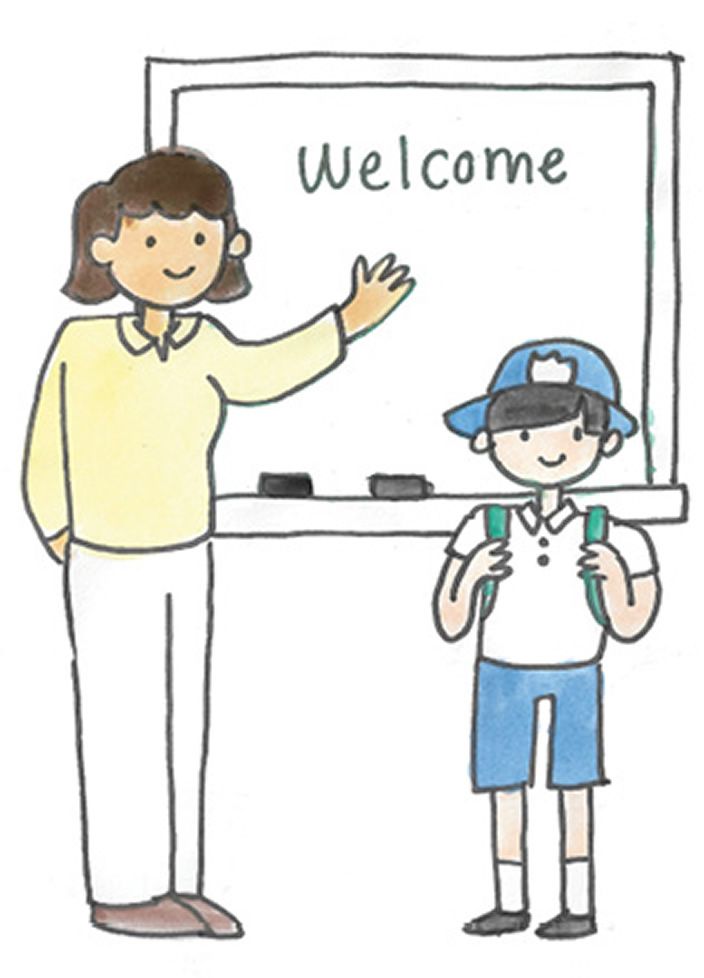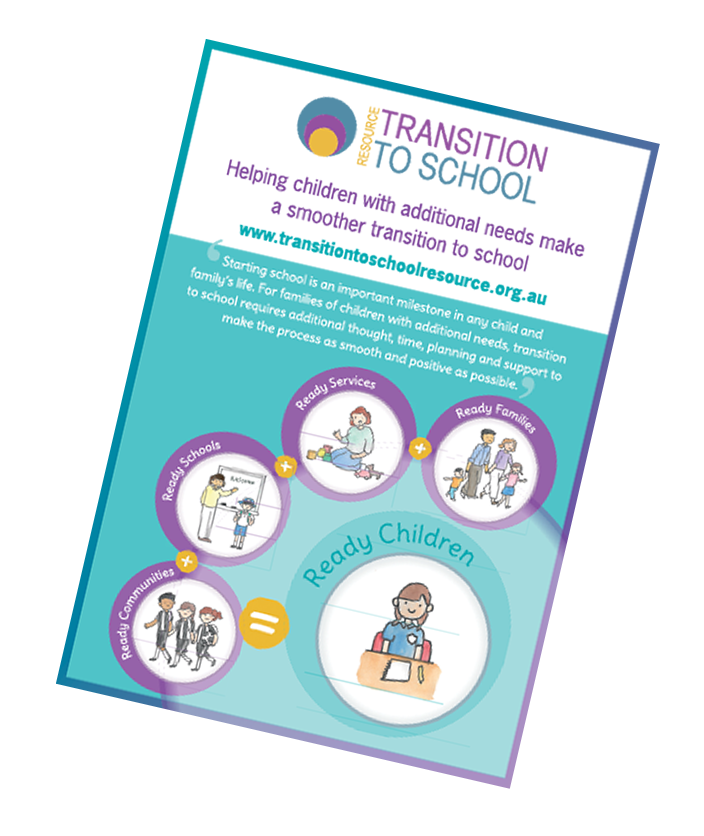
Starting school is an important milestone for all children, and when a child has a disability or developmental delay, there is an additional need for planning, collaboration, information sharing and professional development to support a child’s inclusion, writes Emma Pierce, Transition to School Coordinator from Early Childhood Intervention Australia (ECIA) NSW/ACT.
The research says the most seamless transitions to school occur when the focus is upon readiness for the school, family, and early childhood services, rather than purely focusing upon children’s skills (United States National School Readiness Indicators Initiative, 2005). When the transition to school is positive, there are short and long term benefits for the child, family and staff in schools.
Early Childhood Intervention Australia (ECIA) NSW/ACT has developed a Transition to School Resource which contains pertinent information for teachers, and support staff, families, early childhood educators and early childhood intervention practitioners. The resource can be viewed at http://www.transitiontoschoolresource.org.au
Below are some practical tips about how the elements of the Transition to School Resource can be utilised by staff in independent schools.
Getting ready
The My New School story template can be used by families and schools to prepare children for school http://www.transitiontoschoolresource.org.au/tts-content/my-new-school-story. Many families use this brief ‘Snapshot of My Child’ http://www.ecia-nsw.org.au/documents/item/1111 document to provide important information about their child’s strengths and needs with the school.
The family as a knowledge base
Parents and carers know their children the best and working in partnership with them, can enable a smoother start to school. It can be helpful for teachers to let families know the best ways to communicate with them eg email, by booking a meeting, or phone. The communication pathways can be open and clear. Supporting families to understand the varied responsibilities of teachers can be helpful to promote realistic expectations. This page http://www.ecia-nsw.org.au/tts-content/do-you-work-in-a-school/do-you-work-in-a-school has been specifically designed for teachers in schools and includes reflection questions for teachers to consider about working with families.
Working together
Listening to and learning from early childhood education and care (ECEC) professionals such as the child’s preschool or day care teacher about what has and hasn’t worked in that setting can save lots of time for staff in schools. Often a child’s early childhood intervention key worker can also be available to make a visit to the school, observe the child in the class and to show and talk through strategies to support the child within the context of the whole class. Information for families about forming a transition team and the different roles which parents and professionals may play can be found here http://www.ecia-nsw.org.au/tts-content/forming-a-transition-team. Inviting parents and carers to be involved in the school community in a range of ways has many benefits for all. More information about parents becoming actively involved at school can be found here: http://www.ecia-nsw.org.au/tts-content/being-actively-involved-in-your-childs-education.



































































































































